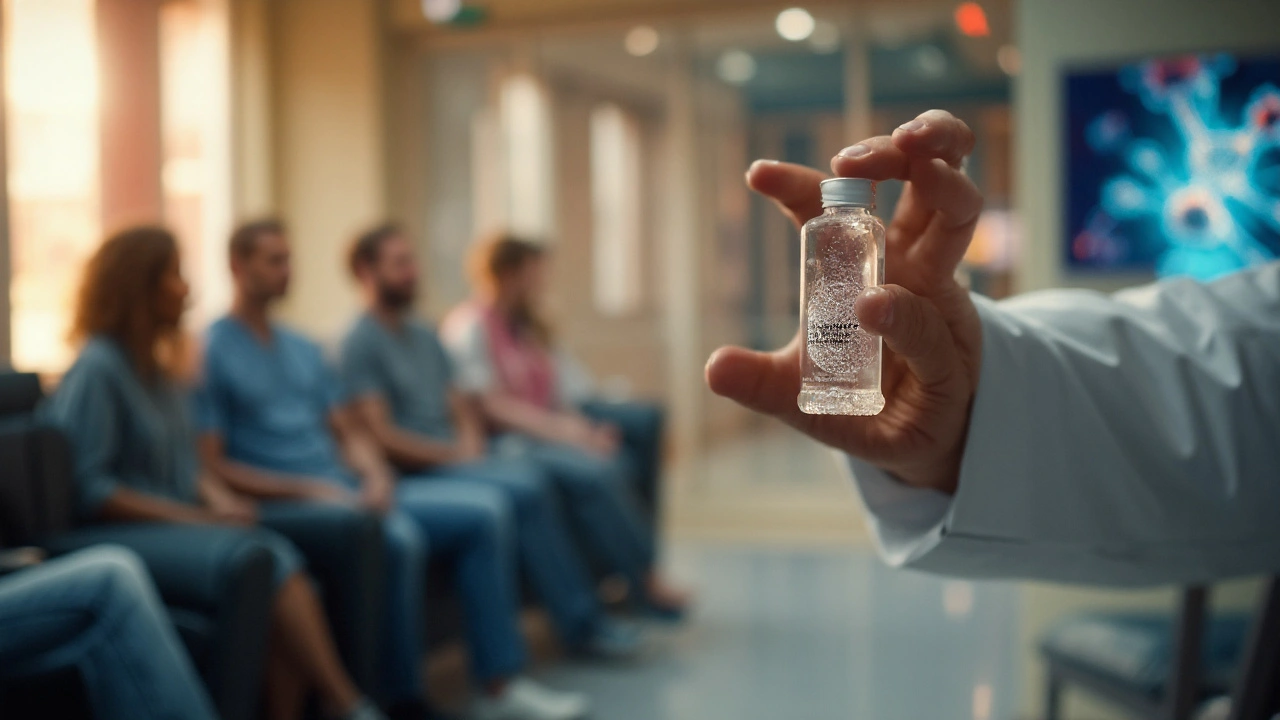Evidence Based Medicine Explained: What It Is and Why It Matters
Ever wonder why doctors sometimes change their advice after a new study comes out? That’s evidence based medicine (EBM) in action. It’s the practice of using the best current research, clinical expertise, and patient values to decide on treatment. When you understand the three pillars – research, experience, and preferences – you can see why health choices become smarter, not just habit.
How EBM Works in Real Life
First, researchers gather data from well‑designed trials. They look for results that are reliable, repeatable, and relevant to everyday patients. Next, clinicians read the studies, weigh them against their own bedside experience, and ask how the findings fit the person sitting in front of them. Finally, the patient’s own goals, worries, and lifestyle shape the final plan. Think of it as a three‑way conversation: science talks, the doctor listens, and the patient decides.
For example, a new drug may lower blood pressure by 10 mmHg in a study of 2,000 people. An experienced cardiologist knows that some patients can’t tolerate the side effects, so they might choose a lower dose or a different medication that works for a specific individual. The patient might prefer a pill they can take once a day, even if it’s a bit less effective. The best outcome comes from blending all three pieces.
Finding Trustworthy Evidence
Not every study is created equal. Look for randomized controlled trials (RCTs), systematic reviews, and meta‑analyses – these are the gold standards. Check if the research was published in a reputable journal, if the sample size was big enough, and whether the study was peer‑reviewed. Beware of headlines that scream “miracle cure” without mentioning the study design. If the article only includes a handful of participants or lacks a control group, the results are shaky.
Online tools make it easier to spot quality. Websites like PubMed, the Cochrane Library, and official guideline portals list vetted research. Many health agencies also summarize findings in plain language for the public. Use these resources instead of relying on a single blog post or social media meme.
When you bring reliable evidence into a doctor’s office, you’ll notice a shift. Doctors may reference a specific guideline, show you a chart, or explain why a treatment works better for people like you. That transparency builds trust and helps you weigh the pros and cons.
Remember, EBM isn’t about rigid rules. It respects that each patient is unique. A treatment that works wonders for one person might not be suitable for another due to allergies, other meds, or personal goals. The art of medicine is matching solid evidence with real‑world needs.
So next time you hear a health claim, ask three quick questions: Is there solid research behind it? Does it fit the doctor’s experience? Does it match your own preferences? The answers will guide you toward safer, smarter health decisions backed by evidence based medicine.
Pharmaceuticals vs Myths: What Actually Works
Separate fact from fiction on medicines. Learn which pharmaceuticals truly work, why myths persist, and how evidence guides safe treatment choices.

